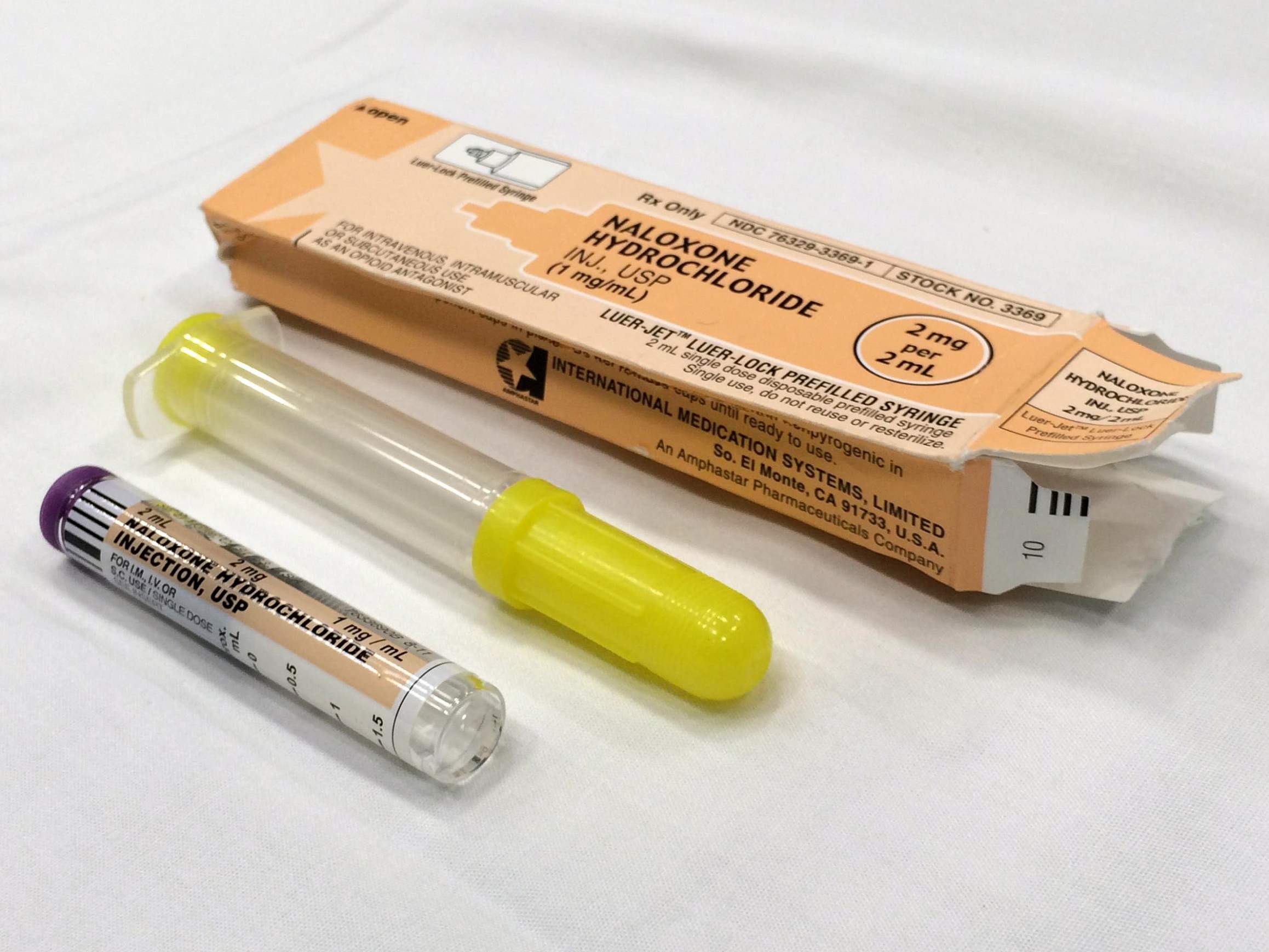
Naloxone is a medication used to treat opioid overdoses.

Naloxone is a medication used to treat opioid overdoses.
A public health advisory issued on Sept. 22 by the Wisconsin Department of Health Services epitomized an ongoing sea change in attitudes about drug abuse and addiction as opioid overdoses continue to increase. Issued after Gov. Scott Walker signed an executive order creating an opioid task force, the advisory noted the "devastating impact" of opioid abuse and called for solutions like improving treatment programs, expanding access to naloxone and addressing the ways doctors prescribe opioids.
Following the lead of federal policies, the legislative and executive leadership of the state government have long approached drug abuse issues through a criminal policy lens. But the bullet points in the public health advisory didn't even mention the role of law enforcement.
"We are all in this together," it concluded.
It's rare for the state to even issue a public health advisory of this type, Wisconsin State Health Officer Karen McKeown said in a Sept. 30, 2016 interview on Wisconsin Public Television's Here And Now. The DHS' goal in releasing it, she said, was "to raise awareness and a call to action" among healthcare providers and local health officials across the state.
"It takes some systemic changes," added McKeown.
McKeown also described statistics of overdose deaths in Wisconsin as "an arrow going up up up." It's an accurate description.
Opioid-related deaths in Wisconsin have tripled since 2003, as tracked in data from DHS. Opioid abuse is a public health scourge in and of itself. But what's more complex is understanding how opioids stack up against other substance abuse-related deaths in Wisconsin, including those stemming from methamphetamine, cocaine and alcohol use.

Tracking alcohol-related death is difficult, because various studies and data sets define it differently. Some definitions include just a few of the deaths most directly related to alcohol use (drunk-driving crashes, cirrhosis of the liver), while others try to account for alcohol's contributions to a slew of other conditions, from hypertension to cancer to epilepsy. One of the broader approaches, by the Centers for Disease Control and Prevention's Alcohol-Related Disease Impact program, found an average of 1,706 alcohol-related deaths per year in Wisconsin between 2006 and 2010. However, a much different definition is used in another CDC project. The measures in the its searchable WONDER database are much narrower in scope. Based on these numbers, deaths attributed to alcohol abuse was surpassed in the early '00s by those related to other drugs, even as the former continued a gradual climb.

Given the narrower definition of alcohol-related deaths in the CDC WONDER database, this comparison is almost certainly an incomplete picture. But even these numbers show that alcohol has kept growing as a public-health problem in Wisconsin even as opioids have taken the spotlight. These numbers also show that deaths from drugs other than alcohol were a mounting problem long before the opioid crisis as Wisconsinites know it began. It's important not to make too much of fluctuations from one year to the next, but the steady increase between 1999 (237 drug-related deaths) and 2006 (642) is hard to miss.
A 2014 DHS report on drug and alcohol use indicated opioids were involved in more than half of the state's drug-related deaths since at least 2003. At that point, deaths involving prescription opioid painkillers were already climbing nationally, and this was before the increasing availability of very cheap heroin and subsequent rise of even more potent opioids like fentanyl accelerated the problem.